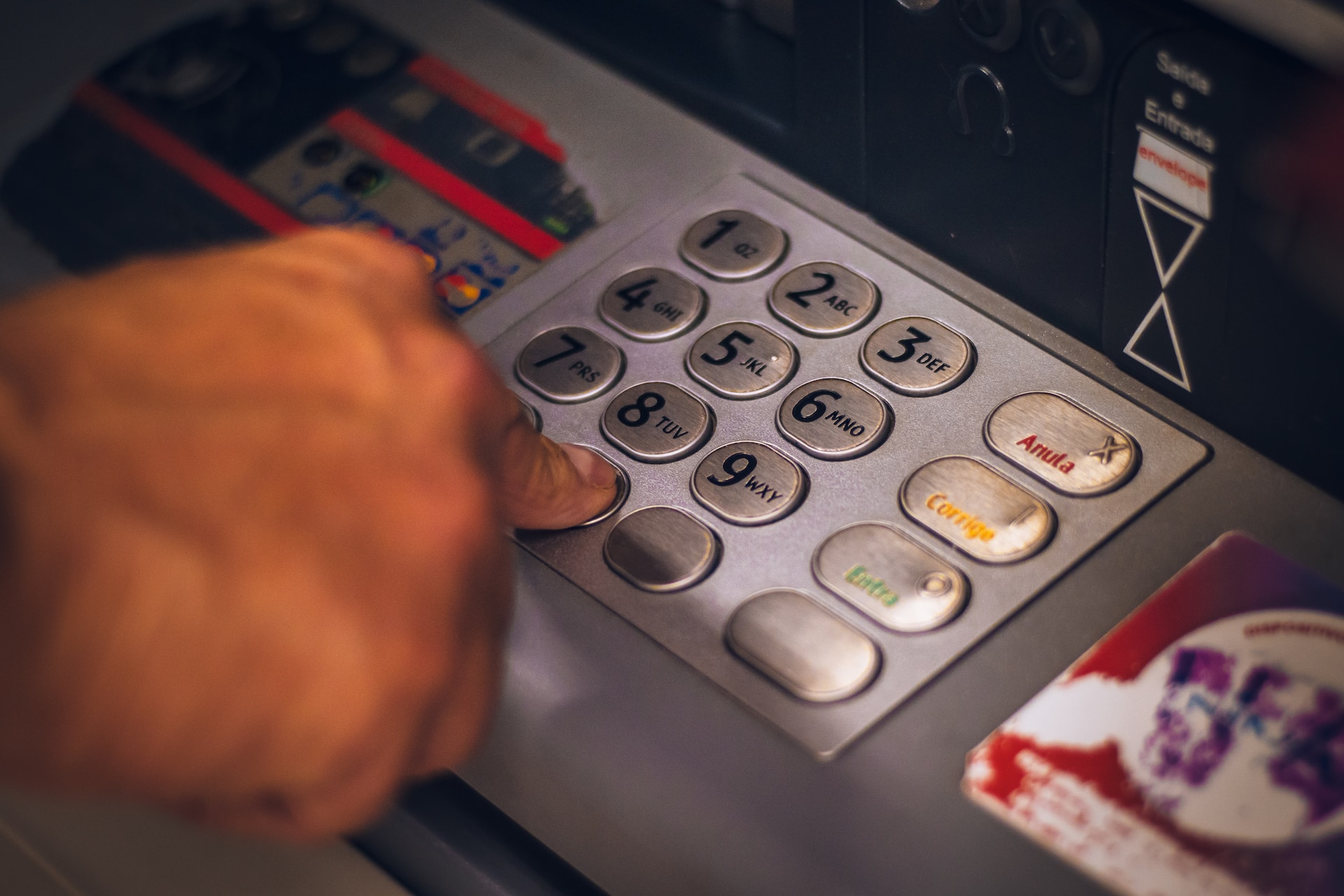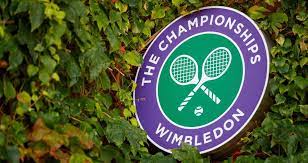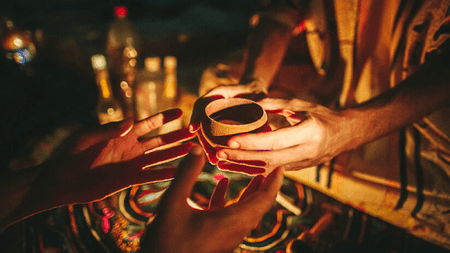Some Of The Most Important Allied Health Professionals

Allied health professionals work in clinical fields that are district from traditional pharmacy, nursing, medicine, or dentistry. They provide important healthcare services to people with all kinds of illnesses. Within modern Western care practice, allied health professionals typically work in conjunction with medical professionals to provide a complete healthcare plan for patients. There are generally considered to be 12 allied health professions. Here are some of the most important fields that can be put into this group.
Physiotherapists
Physiotherapists like the good folks at atlphysio.com specialize in diagnosing, preventing, and treating musculoskeletal ailments and deformities. They use patient education, exercise planning, and manual therapy to help their clients. Physiotherapy is often recommended to patients who have experienced muscular injuries. For people who have experienced the loss of movement due to an accident, physiotherapy is absolutely essential.
Art Therapists
Art therapy is based on the understanding that artistic expression can foster healing, promote mental wellbeing and afford therapeutic workers insights into complex problems. Art therapists work in all sorts of environments – from mental health wards to elementary schools. They can play a key role in the treatment of extremely complicated mental health problems.
Dietitians
What a human being eats and drinks has a huge effect on overall health. Dietitians help to create sustainable nutrition plans for people with complex needs. Some illnesses require dietitian intervention in order to be managed correctly. People at risk of type 2 diabetes, for instance, will often be booked an appointment with a dietitian who will instruct them on carb counting and sugar reduction.
Paramedics
Paramedics are first responders: the first healthcare professionals to have access to a patient after an injury or during an illness. They are not trained as doctors or nurses but receive more procedure-based lifesaving training. Paramedics have saved thousands upon thousands of lives over the years. These are the safe hands driving ambulances or riding along with emergency rescue teams.
Radiographers
Radiographers are trained to produce medical imaging. This can include the use of high-powered radiation-emitting X-Ray machines or magnetized CT scan machines. This profession is essential to the diagnostic element of modern medical care and is a completely indispensable cadre within every hospital. Radiography has its roots in the late Victorian age when scientists noticed that some radiation could not pass through human bone.
Prosthetists
Prosthetists are medical professionals who design, make and fit prosthetic limbs and digits. Prosthetic limbs and digits have been in existence for thousands of years, but they have become far more practical and capable in recent years, thanks to advances in plastics and robotics. The most modern prosthetic limbs can react to the electrical signals sent out by a patient’s brain in order to provide an analog to natural movement. Prosthetists need to be well trained in fitting limbs. Poorly fitted limbs can cause patients huge amounts of discomfort and pain. Recent amputees will have several appointments with a prosthetist before the fitting of a limb.



































